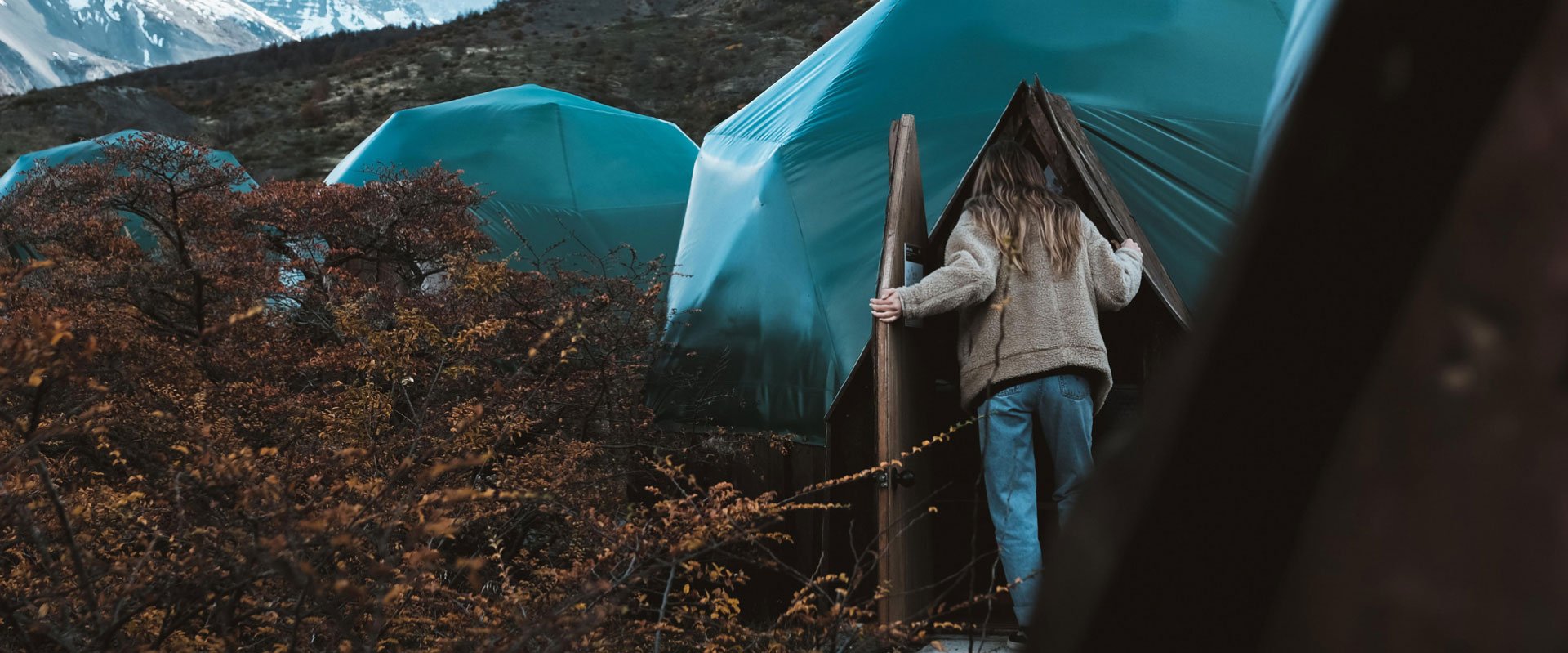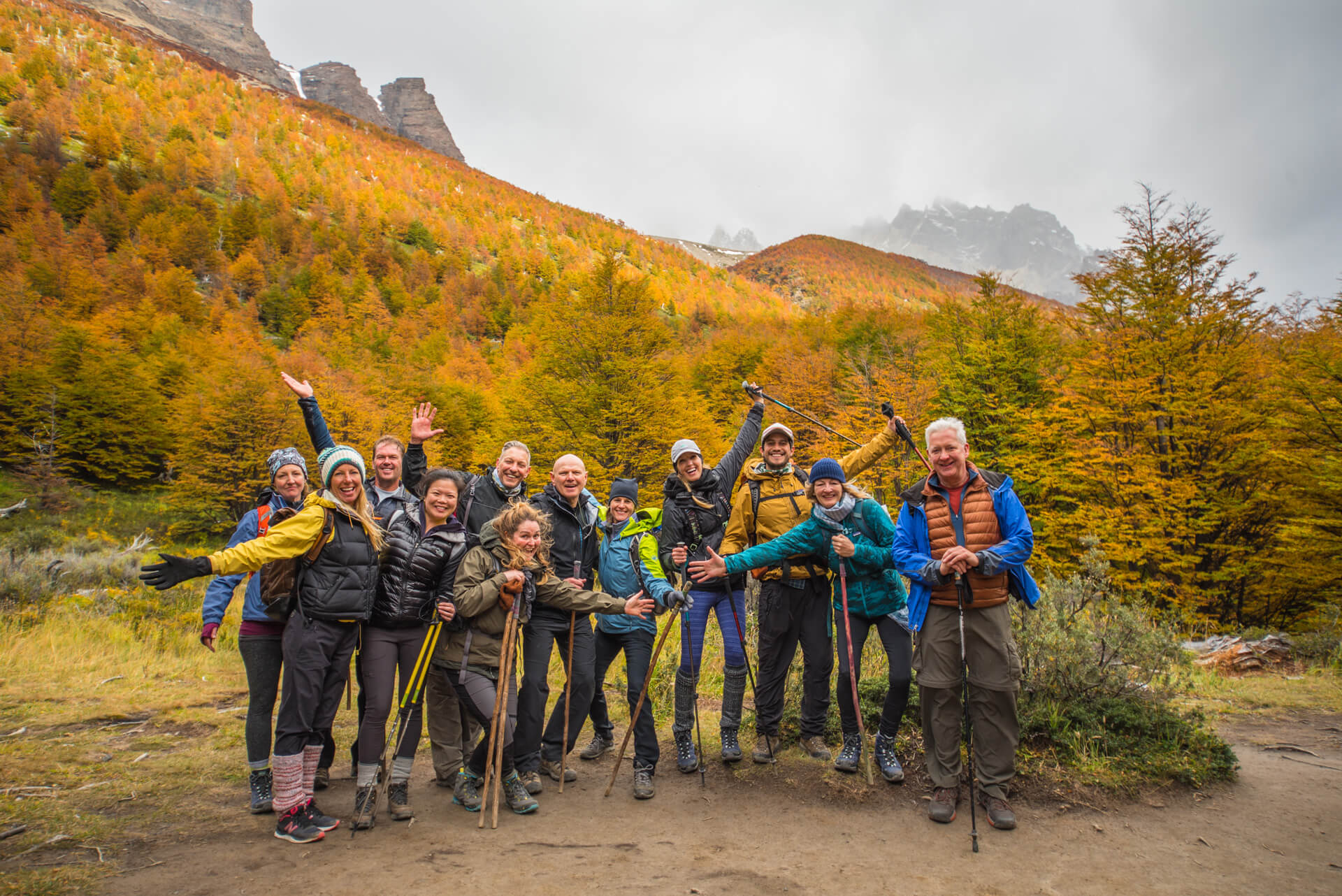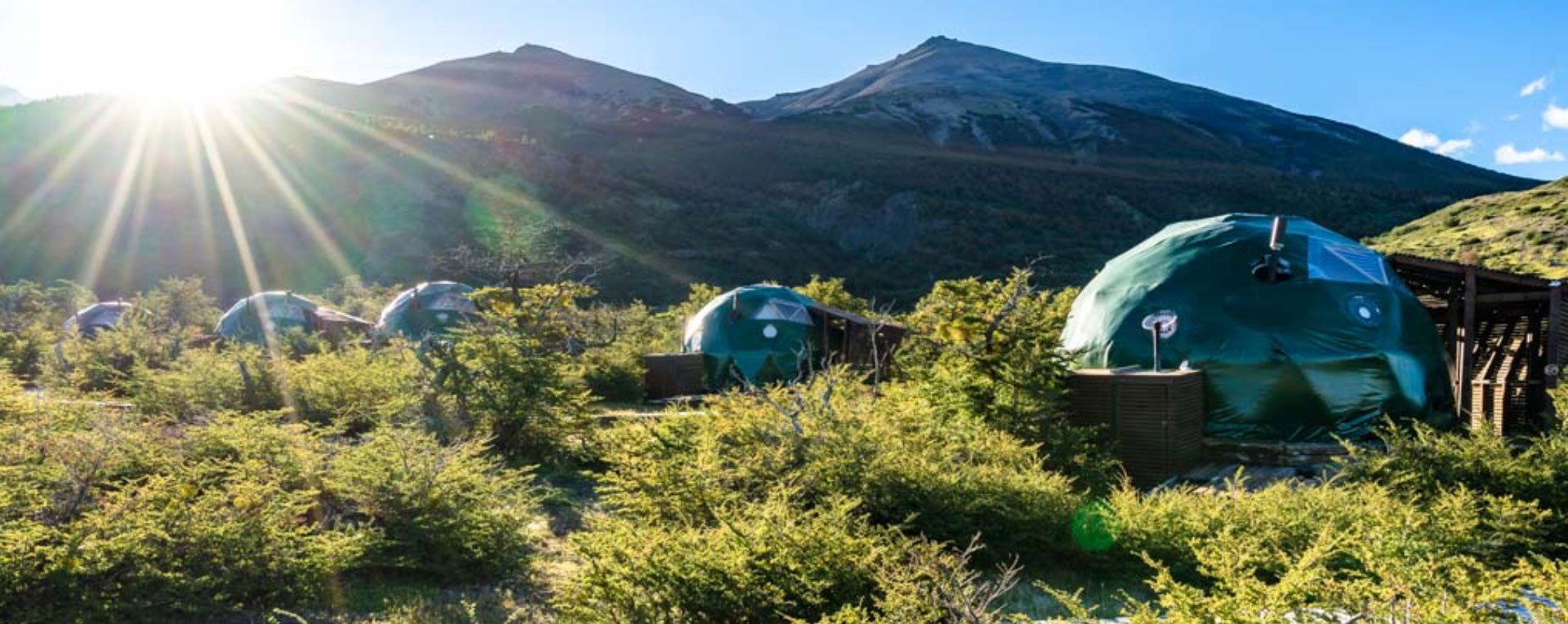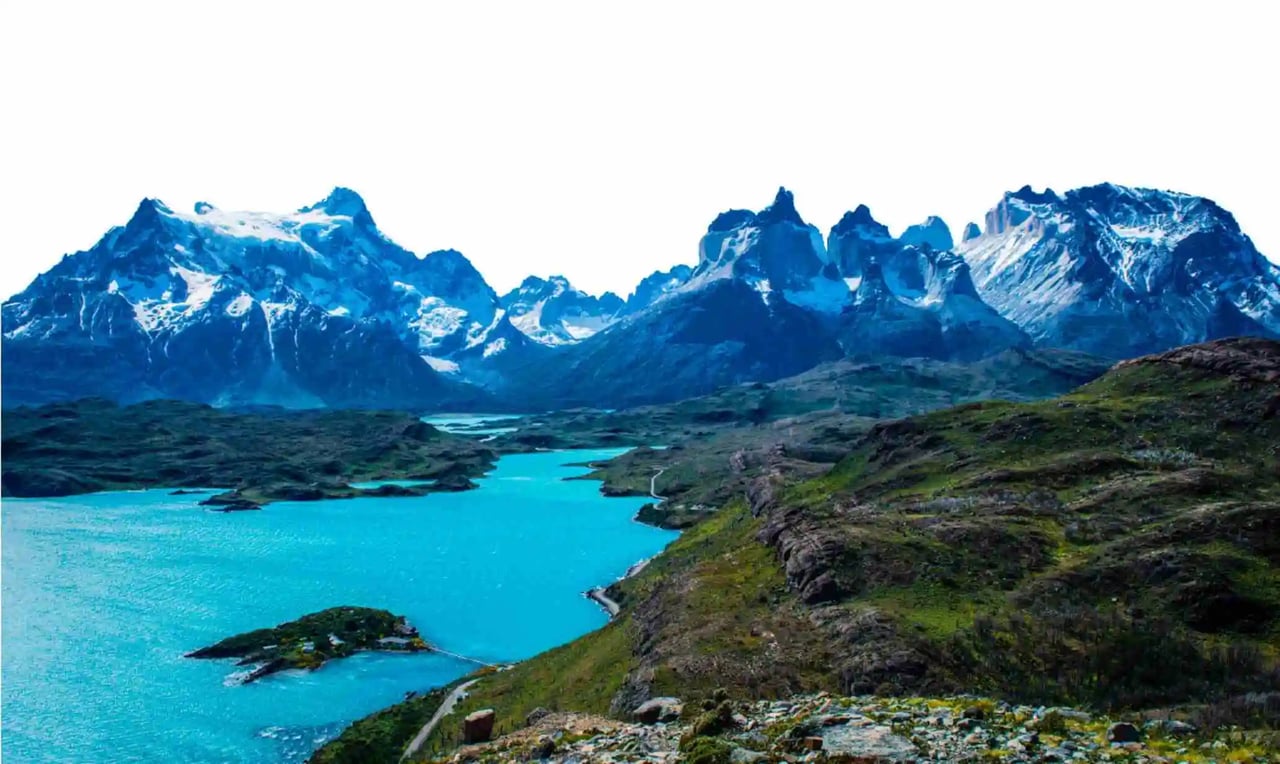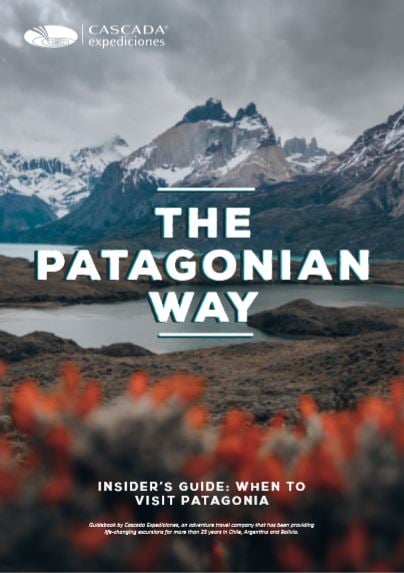Torres del Paine National Park is a photographer's paradise. Patagonia boasts stunning landscapes and a diverse array of wildlife. Whether you're chasing sunrise light over the iconic granite towers, capturing glaciers and turquoise lakes, or photographing guanacos and condors in their natural habitat, this region is a dream destination for both landscape and wildlife photography.
With dramatic weather, vast open spaces, and unique fauna, Torres del Paine provides endless opportunities to create stunning, memorable images. In this guide, we will share expert tips and gear recommendations to help you make the most of your photography adventure in Patagonia.
Landscape photography in Patagonia: tips from Timothy Dhalleine, landscape photographer
Timothy Dhalleine worked for more than 10 years for Cascada Expediciones and EcoCamp Patagonia. He knows all the best spots for photography, as he has captured many of the images we use on our website and social media. We asked him to share some of his best tips for camera equipment and favorite places for landscape photography.
"Photographing in Patagonia is a dream for many, but to truly capture its magic, you’ll need to be well-prepared. Its wild beauty comes with fast-changing weather, constantly changing light, and terrain that requires you to stay mobile. Here’s what I recommend for both gear and locations."
Looking for a tour, perfect for capturing both wildlife and landscapes? This 11-day Patagonia Wonder program combines the best of Argentine and Chilean Patagonia.
.jpg?width=892&height=594&name=Timothy%20(2%20de%201).jpg)
Recommended camera gear and lenses:
"When it comes to your camera body, almost anything goes depending on your budget. You can achieve a lot in Patagonia even with minimal gear. However, I highly recommend using a weather-sealed camera—conditions here can be harsh, and many modern mirrorless models offer solid protection from the elements".
Timothy´s recommendations:
-
Wide-angle lens (e.g., 14 mm prime or 16–35 mm zoom): Perfect for capturing vast landscapes and dramatic skies.
-
Telephoto lens (70–200 mm or even 180–600 mm): Crucial for wildlife photography and compressing mountain layers in scenic shots.
-
Versatile zoom lens (like a 24–200 mm): Ideal for trekking days when traveling light.
-
Prime lens (35 mm or 50 mm): Great for portraits, low-light scenes, and creative shots with beautiful depth.
-
A lightweight, wind-resistant tripod is worth bringing for long exposures, especially when paired with ND filters.
-
You’ll also want memory cards of at least 128GB, as you’ll likely take hundreds (if not thousands) of shots.
Extra tips for photographing in Torres del Paine:
- Bringing a waterproof backpack or at least a solid rain cover is a must to protect your gear on the trail.
- For planning and scouting your shots, I recommend the PhotoPills app—it’s excellent for tracking light, the sun, and the Milky Way.
Do you need a local photographer to help you find the perfect spots and set the ideal camera settings? We offer a full-day landscape Photography tour, guided by experienced and professional photographers.

Timothy’s favorite photo locations in Torres del Paine
-
Lake Pehoé. Perfect for sunrise. The light here is magical, and you’ll find multiple vantage points for epic landscape shots.
-
The road from Laguna Amarga to the Sarmiento entrance of Torres del Paine National Park. A great place to see wildlife is here. If you have time, visit the Fauna Trail for additional sightings. You need a certified guide to access this trail.
-
Laguna Azul area. Offers striking distant views of the Towers and is rich with birdlife and guanacos.
-
Grey Glacier. A dream for photographers from every angle—whether you’re seeing it from the viewpoints, the boat, or on foot.
-
Base of the Torres. The iconic and unmissable three granite towers, "Las Torres." If you have the physical condition to hike it, it is worth the picture.
-
The French Valley. One of the most scenic hikes in the park. If you have the time, energy, and the weather permits, you can continue to the Británico Lookout. This viewpoint gives you panoramic views of some of Patagonia’s most majestic summits.
See our list of the most photogenic places in Torres del Paine

Wildlife photography in Patagonia: tips from Victor Vega, wildlife photographer
Víctor Vega is one of our expert trekking guides, leading multi-day adventures such as the W Trek. But his passion goes beyond the trails—he's also a dedicated wildlife and birdwatching guide, as well as a wildlife photographer. Víctor often guides our puma-watching programs , so we asked him to share his recommendations for camera gear and his favorite wildlife spots.
"Capturing wildlife—especially birds—in Torres del Paine can be an incredibly rewarding experience. To get the most from it, you need some key equipment. Knowing the best spots and times of the day can really help. Here are my top recommendations for those looking to photograph birds and other fauna in the park".

Recommended camera gear and lenses
Víctor Vega shares various options, suitable for both beginners and more experienced photographers, as well as some budget-friendly alternatives that are also effective for wildlife photography. He also highlights what to look for when buying a camera or lens with the purpose of shooting wildlife:
-
Telephoto zoom lens (100–600 mm). A long zoom lens is essential for photographing birds, which are often small and keep their distance. A 100–600 mm range allows for flexibility in capturing both close and distant subjects.
-
Camera with a fast burst rate. Look for a camera capable of shooting at least 7 frames per second. Birds move quickly, and having a high frame rate helps capture the perfect moment mid-flight or during a feeding.
-
FX or DX format cameras. Both full-frame (FX) and crop sensor (DX) cameras work well. DX cameras give you a bit more reach with telephoto lenses, which is often a plus for birding.
-
Compact camera options for beginners. If you are new to photography or looking for a simple option, consider compact superzoom cameras. The Nikon P1000 and Sony RX10 are good options. These offer impressive zoom ranges and good image quality in a small package.
-
Binoculars. Binoculars are not just for spotting birds before taking a photo. Binoculars also help you observe behavior and enjoy the moment even when you’re not shooting.
-
Merlin Bird ID App. Download the free Merlin app for easy bird identification in the field. It is a great tool for learning more about the species you are photographing.
We offer a 6-day premium puma-watching program. You will join expert trackers to search for Chile's biggest wild cat, the puma concolor.

Best locations for birdwatching and wildlife photography
-
The Grey Area Forest. West side of the national park, towards the Grey Glacier and Lake Grey. A great spot for forest-dwelling birds. Keep your eyes and ears open—many birds are easier to hear before they’re seen. This is where binoculars come in handy, as well as the Merlin app.
-
Camping Pehoé. Another excellent location for spotting forest birds, especially during quieter times of day. Owls have been spotted here, like the Lesser Horned Owl.
-
Laguna Amarga Sector & Road to Laguna Azul. These open areas are ideal for spotting steppe birds and raptors, offering excellent visibility and ideal lighting conditions. It is also a great area for wildlife observation, featuring species such as guanacos, pumas, and rheas.
-
Road towards Estancia Cerro Guido (outside the national park). Great for rheas, guanacos, armadillos, and birds of the flat Patagonia steppe.
-
On the road from Puerto Natales to the Village of Cerro Castillo. A great area to spot the Andean Condor and the Black-Chested Buzzard Eagle.

Best time of the day for wildlife photography
"Birds are most active early in the morning (AM) and late in the afternoon (PM). Same with the elusive puma. These cooler, quieter hours are also ideal for photography, offering softer light and better chances of encounters. Especially during the summer, the sunlight can be very strong at midday. This same tip can be applied to landscape photography".
Photography in Torres del Paine is a wonderful experience. You can take memorable pictures of your time here. Many of our guides are hobby photographers, and they will be happy to help you find a specific photo during your stay at EcoCamp Patagonia.

Would you be interested in experiencing EcoCamp and Torres del Paine with us? Send us an e-mail, and we will help plan your next adventure! Reservations@cascada.travel

